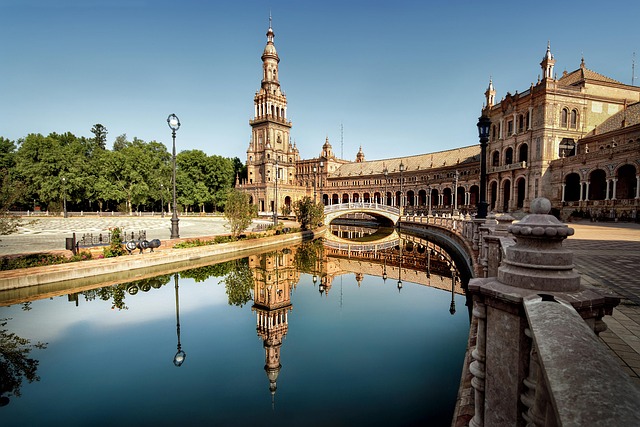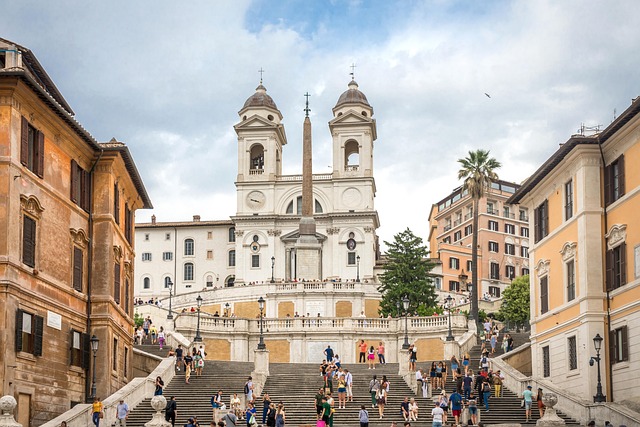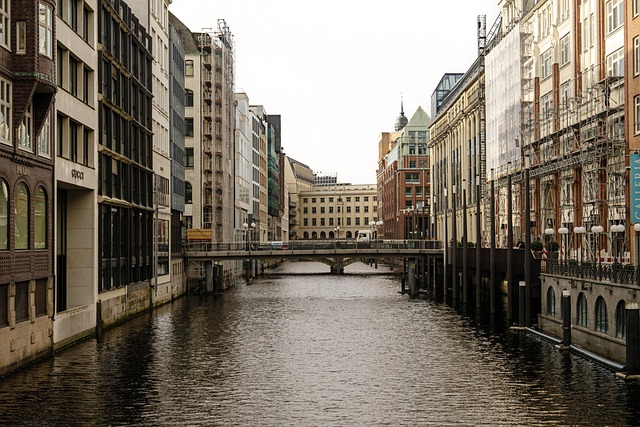
Karachi's Gulshan area boasts an efficient road network facilitating daily commutes and commercial activities, with key thoroughfares like the Superhighway connecting diverse parts of the city. However, drivers face challenges due to poor signage, inconsistent markings, heavy traffic congestion, and inadequate road maintenance. The city has initiated a transformation, addressing subpar road conditions, implementing advanced safety features, and planning for smarter transportation solutions like BRT networks and electric vehicles to ease congestion and promote economic growth while enhancing quality of life.
Karachi’s Gulshan area boasts a complex road network, serving as a bustling hub for the city. However, drivers often navigate challenging conditions, from narrow lanes to inadequate signage. This article explores these issues in depth, delving into the common problems faced by residents and visitors alike. We uncover initiatives aimed at enhancing safety and discuss the future of transportation infrastructure in Karachi, focusing on Gulshan’s evolving landscape. Understanding these dynamics is vital for a smoother, safer commuting experience within this vibrant part of the metropolis.
- Understanding the Road Network of Karachi's Gulshan Area
- Common Challenges and Issues Faced by Drivers in Gulshan
- Initiatives and Improvements for Safer Road Conditions
- The Future of Transportation Infrastructure in Gulshan, Karachi
Understanding the Road Network of Karachi's Gulshan Area
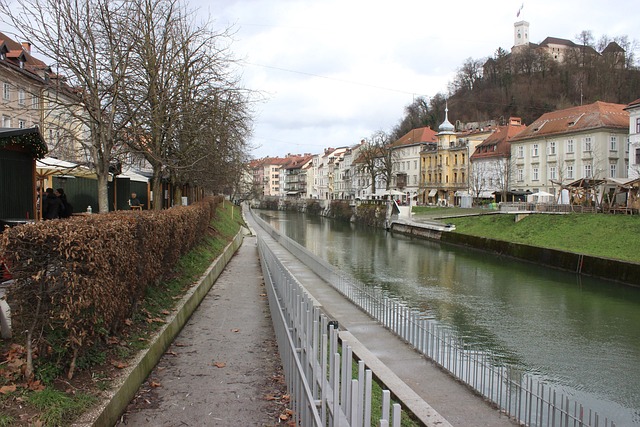
Karachi’s Gulshan area boasts a intricate road network designed to cater to the bustling metropolis. Understanding this layout is key for anyone navigating the city, as it enables efficient movement and access to diverse destinations within this vibrant sector of Karachi. The roads here range from wide, arterial pathways that connect major commercial hubs, to quieter residential streets winding through lush neighborhoods.
This interconnectedness is characterized by strategic intersections, well-marked signal lights, and a mix of asphalt and concrete surfaces. Key thoroughfares like the Superhighway and M.A. Jinnah Road serve as vital arteries, linking Gulshan with other parts of Karachi. This efficient infrastructure not only facilitates daily commutes but also supports the area’s thriving commercial activities, making it a central hub for businesses and residents alike in the heart of the city.
Common Challenges and Issues Faced by Drivers in Gulshan
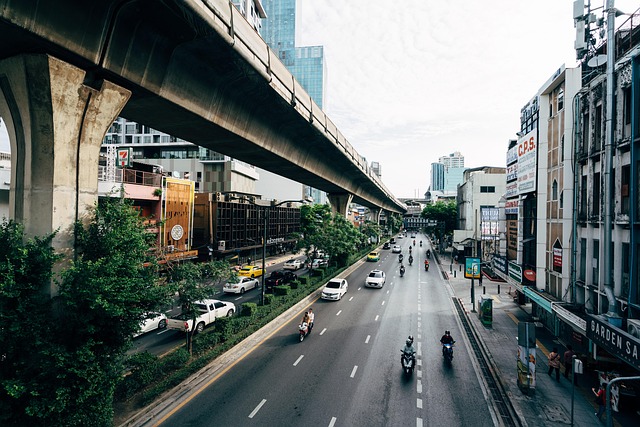
Drivers in Gulshan, Karachi, navigate a unique set of challenges due to the area’s dense urban environment and rapid development. One of the primary issues is the intricate network of roads, which often leads to confusion among drivers, especially those new to the neighborhood. The lack of clear signage and inconsistent road markings contribute to this problem, making it difficult for motorists to orient themselves. Additionally, heavy traffic congestion is a common occurrence during peak hours, causing significant delays and adding stress to daily commutes.
Another significant concern is the poor maintenance of certain roads in Gulshan. Potholes, uneven surfaces, and inadequate drainage systems are frequent complaints, leading to potential damage to vehicles and contributing to accidents. The rapid urbanization has outpaced infrastructure development, resulting in a need for better road planning and upkeep to ensure safer driving conditions for all.
Initiatives and Improvements for Safer Road Conditions
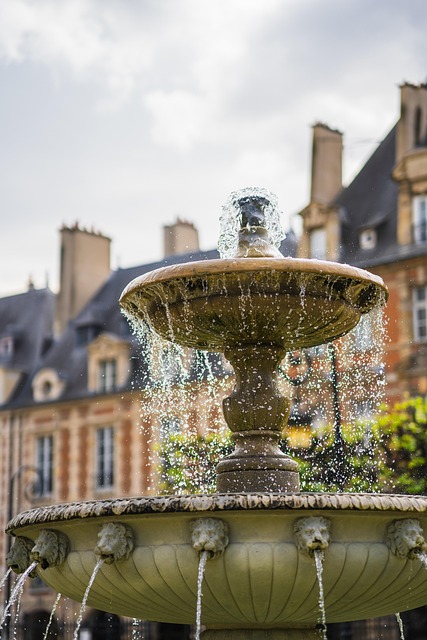
In recent years, Karachi has witnessed significant initiatives and improvements aimed at enhancing road safety in the city. The local authorities have recognized the urgency to address the challenges posed by poor road conditions, which have been a major concern for residents and visitors alike. One notable step is the ongoing reconstruction and upgrading of roads across various sectors, focusing on better drainage systems and wider lanes to accommodate increased traffic flow efficiently.
Additionally, Karachi has seen an increase in safety measures such as the installation of advanced street lighting, speed bumps, and traffic signal systems. These improvements are part of a comprehensive strategy to reduce road accidents and create safer environments for all road users. The city’s commitment to these initiatives reflects a positive shift, promising better mobility and enhanced security on Karachi’s roads.
The Future of Transportation Infrastructure in Gulshan, Karachi

The future of transportation infrastructure in Gulshan, Karachi, promises significant advancements and innovations that will transform how residents commute and connect. With the city’s continuous growth, there is a growing emphasis on developing smart and sustainable transport systems. The focus is shifting towards more efficient and environmentally friendly options, such as an expanded network of bus rapid transit (BRT) systems, encouraging the use of electric vehicles, and potentially introducing dedicated bike lanes to promote active transportation.
These developments aim to alleviate traffic congestion, reduce pollution, and enhance overall mobility in Karachi. By investing in modern infrastructure, the area can attract more businesses and residents, fostering economic growth while ensuring a high quality of life. The integration of cutting-edge technologies will enable real-time monitoring and management of traffic flow, making daily commutes smoother and safer for all users.
The complex road network of Karachi’s Gulshan area presents unique challenges, but with ongoing initiatives focused on safety and infrastructure improvement, the future looks brighter. By addressing common issues and adopting innovative solutions, the community aims to enhance the driving experience for all. As Karachi continues to evolve, these efforts will be vital in ensuring safer and more efficient transportation in Gulshan and beyond.
